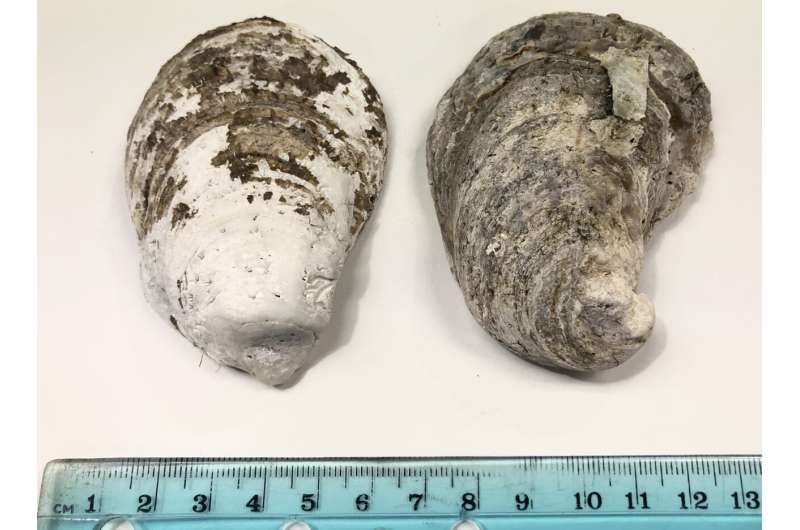
New research from the University of Central Florida (UCF) highlights the need to balance the coexistence of oysters and mangroves along Florida’s coastlines. As successful restoration efforts have led to an increase in mangrove populations, their growth poses a potential threat to oyster reefs. The findings, published on August 4, 2025, in the journal Marine Ecology Progress Series, were led by graduate student Katherine Harris and Pegasus Professor Linda Walters.
Impact of Mangroves on Oysters
Oysters and mangroves play vital roles in protecting Florida’s coastal ecosystems, particularly in defending against storms. However, the research indicates that the expansion of mangroves over the past 20 to 30 years has resulted in significant acidification of sediments in areas where oysters reside. This change can severely impact oyster health, as increased acidity leads to shell dissolution. In mangrove-dominated regions, oyster shells can lose up to 8% of their mass in just two years, with some extreme cases reporting losses of up to 40%.
“Mangroves will naturally acidify surrounding sediment, which may not be great for oysters,” says Harris. “Oysters, since they are a shell-forming organism, are prone to dissolution in acidic conditions.”
The research team found that mangrove populations in areas shared with oysters have nearly tripled in recent decades. This growth raises questions about the sustainability of oyster reefs, which provide essential ecological services such as water filtration and storm surge reduction. Each oyster can filter approximately 20 gallons of water per day, and a decline in oyster populations could lead to detrimental effects on local ecosystems.
Finding Solutions for Coexistence
Walters noted that the encroachment of mangroves into oyster habitats is not an act of aggression but rather a natural outcome of their growth. The challenge now lies in ensuring both species can thrive without one overpowering the other. “This is a very new concern,” she emphasized, referring to the implications of mangroves potentially overtaking oyster reefs.
To study the effects of acidification on oyster shells, the research team conducted experiments using cleaned and emptied oyster shells placed in varying mangrove densities within the Mosquito Lagoon and Indian River Lagoon. They observed an 85% increase in sediment acidity on oyster reefs with mangroves compared to those without, and a staggering 142% increase in fully mangrove-dominated areas.
While live oysters might adapt to some degree of acidification, Harris warns that this could detract from their growth as they expend energy combating harsh conditions rather than building their shells. This insight suggests that future conservation efforts must consider the balance between the benefits of mangroves and the viability of oyster reefs.
Walters and her team are committed to providing actionable science for resource managers in public lands, state, and national parks. Their work supports coastal restoration initiatives, including growing mangroves from seedlings in educational programs. Last academic year, approximately 1,700 mangroves were cultivated in classrooms to aid restoration efforts.
As researchers continue to study the dynamics between oysters and mangroves, there is a pressing need to adapt restoration strategies. “It’s really important to understand that both of these habitat types are essential,” Harris concluded, emphasizing their interconnectedness in maintaining healthy coastal ecosystems.
Future research will further explore how to mitigate the effects of mangrove encroachment on oyster reefs, ensuring that both species can contribute to the resilience of Florida’s coastlines.






